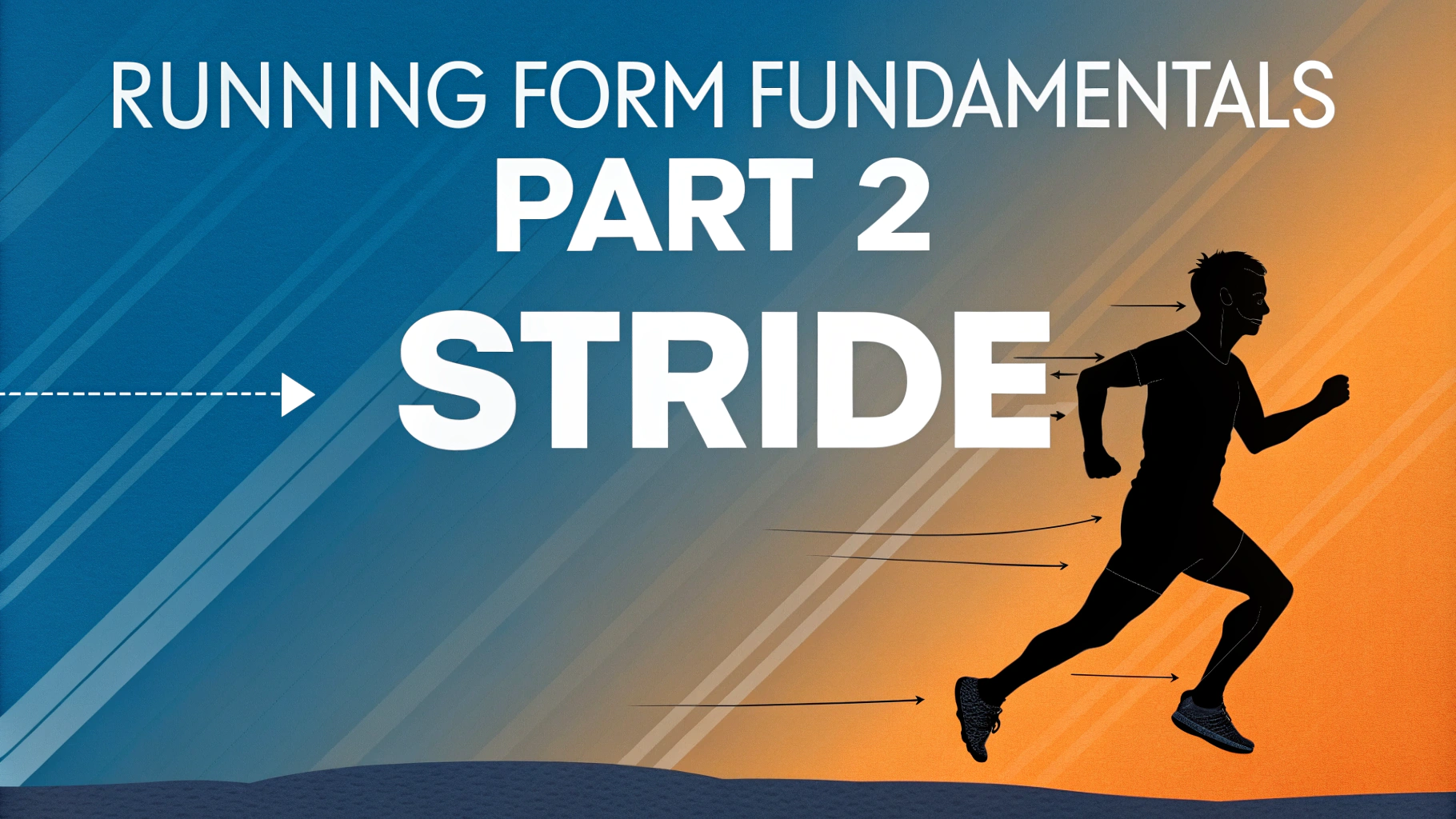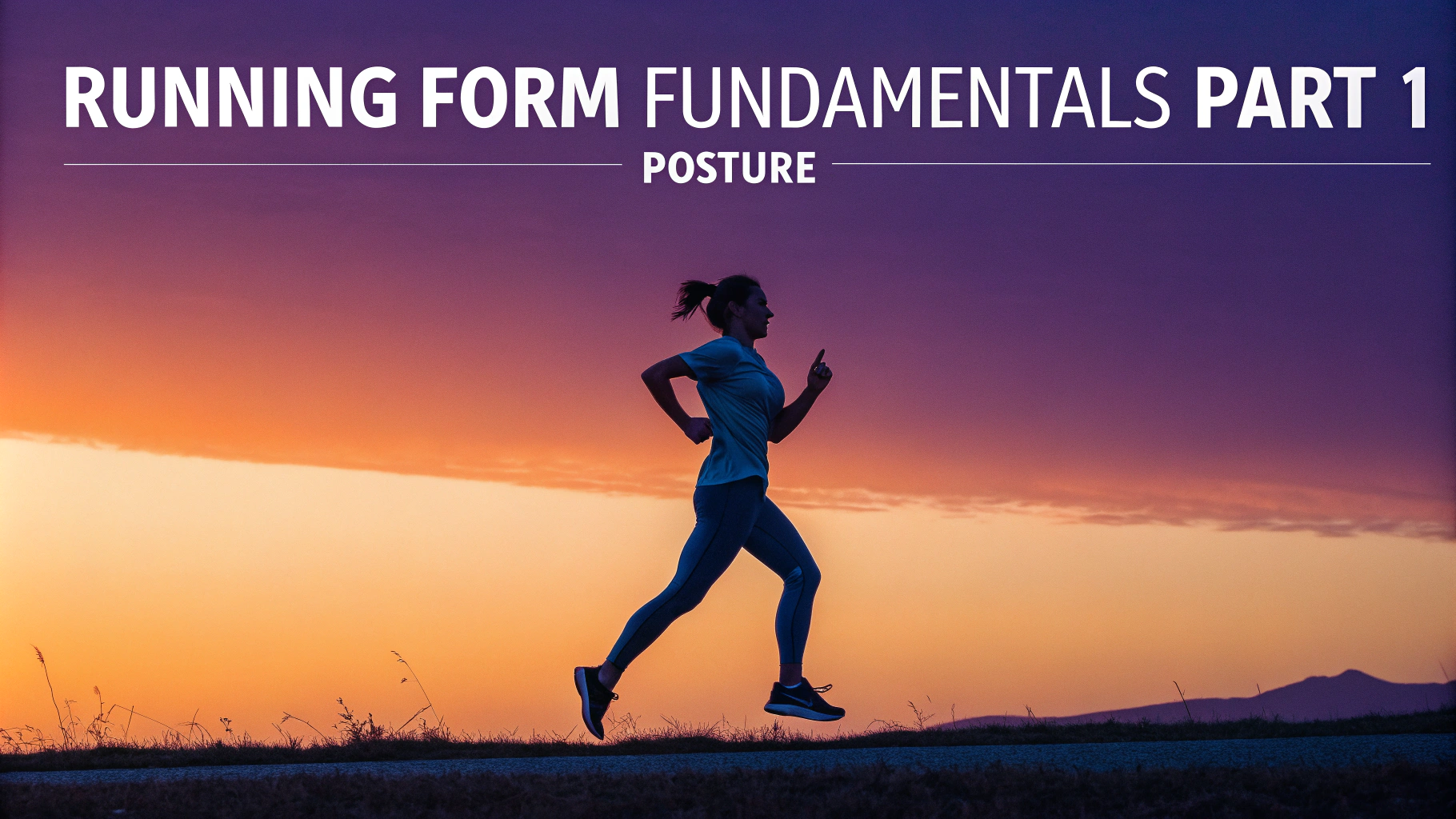Running with proper form not only boosts your speed and endurance but also prevents common injuries that sideline many beginners.
Let’s break down the key elements of good running form that every new runner should master.
Head and Upper Body Position
- Keep your head level and gaze forward about 10-20 feet ahead
- Relax your shoulders and avoid hunching
- Hold your arms at roughly 90 degrees
- Let your hands swing naturally, without crossing your body’s midline
Core and Posture
- Stand tall with your spine straight
- Lean slightly forward from your ankles, not your waist
- Keep your core engaged but not tense
Leg Movement
- Land midfoot, under your center of gravity
- Aim for quick, light steps rather than long strides
- Maintain a cadence of about 170-180 steps per minute
Common Form Mistakes to Avoid
- Overstriding (landing with your foot too far in front)
- Looking down at your feet
- Clenching your fists
- Rotating your torso too much
Quick Form Check Tips
- Record yourself running from different angles
- Run past a store window to check your reflection
- Ask an experienced runner to watch your form
Recommended Gear for Proper Form
| Item | Purpose |
|---|---|
| Properly fitted running shoes | Supports natural foot strike and alignment |
| Moisture-wicking clothing | Prevents chafing that can affect form |
| Running watch with cadence tracking | Monitors step rate and rhythm |
Practice these form elements during shorter runs first, focusing on one aspect at a time until they become natural.
Remember that good form feels relaxed and sustainable – if you’re tensing up, you’re probably trying too hard.
Need Professional Help?
Find a certified running coach through Road Runners Club of America for personalized form analysis and correction.
For injury prevention and biomechanical assessment, consult a sports physical therapist who specializes in running.
Training to Improve Form
- Start with short form-focused runs (15-20 minutes)
- Incorporate running drills 2-3 times per week
- Practice running form exercises on rest days
- Gradually increase distance while maintaining form
Essential Running Drills
- High knees
- Butt kicks
- Skipping
- Carioca
- Running backward
Form Adjustments for Different Conditions
- Uphill: Shorter strides, increased arm swing
- Downhill: Light steps, slight lean backward
- Trail: Quick feet, shorter stride length
- Track: Maintain consistent form through curves
Recovery and Maintenance
- Regular stretching to maintain mobility
- Core strengthening exercises
- Foam rolling for muscle recovery
- Regular shoe replacement (every 400-500 miles)
Conclusion
Developing proper running form takes time and conscious effort, but the benefits are worth the investment. Focus on making small, gradual improvements and listen to your body’s feedback. Remember that everyone’s optimal form varies slightly based on individual biomechanics.
Start implementing these techniques in your next run, but be patient with the learning process. With consistent practice and attention to form, you’ll become a more efficient, injury-resistant runner.
Key Takeaways
- Form improvements should be gradual and systematic
- Regular practice and patience are essential
- Proper form reduces injury risk and improves performance
- Consider professional guidance for personalized form correction
FAQs
- How should I position my head and upper body while running?
Keep your head level, eyes focused about 10-20 feet ahead, and shoulders relaxed. Your upper body should be straight but not tense, with a slight forward lean from the ankles, not the waist. - What’s the correct arm movement for running?
Arms should swing naturally at about a 90-degree angle, moving forward and back (not across your body). Keep your hands relaxed, as if holding a potato chip without crushing it. - Where should my foot strike when running?
Most runners should aim for a midfoot strike, landing under your center of gravity. Avoid overstriding or landing heavily on your heels, as this can increase impact and risk of injury. - What’s the ideal running cadence for beginners?
Aim for approximately 160-170 steps per minute. You can count your steps for 30 seconds and multiply by 2, or use a metronome app to maintain rhythm. - How do I breathe properly while running?
Use both your nose and mouth to breathe, focusing on deep belly breathing. Many runners find a 2:2 rhythm helpful (breathing in for two steps, out for two steps) at an easy pace. - What’s the proper running posture?
Keep your spine straight, core engaged, and hips forward. Imagine a string pulling you up from the crown of your head, maintaining a tall but relaxed posture. - How can I prevent bouncing too much while running?
Focus on pushing slightly forward rather than up, keeping your movements smooth and efficient. Excessive vertical movement wastes energy and increases impact. - Should I look at my feet while running?
No, keep your gaze forward. Looking down at your feet can cause neck strain and poor posture, which can lead to inefficient running form and potential injuries. - How do I know if my running form needs correction?
Common signs include frequent injuries, excessive fatigue, loud foot striking, or pain in specific areas. Consider having an experienced runner or coach analyze your form. - How tight should my running shoes be?
Shoes should be snug in the heel and midfoot but have about a thumb’s width of space in the toe box. Your feet should not slide around, but toes should have room to splay.










